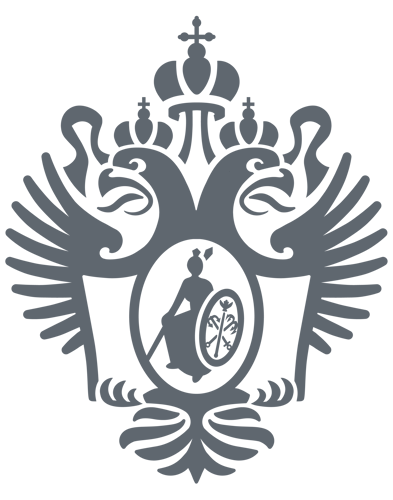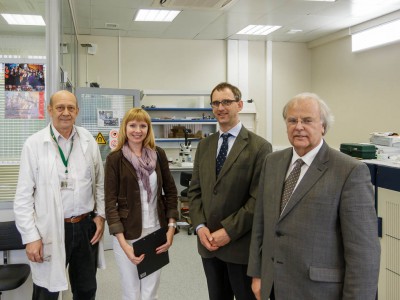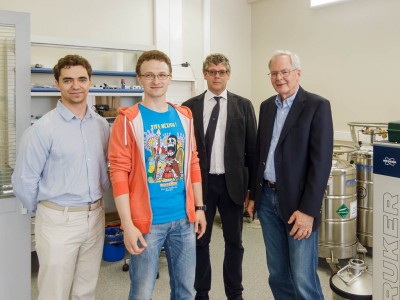- Details
- Hits: 1773
M. Popova, D. Michel
«Behavior of Sodium Lauroyl Sarcosinate in Solution and Binary Mixtures by Means NMR»
Applied Magnetic Resonance 2014, 45, 353-364
DOI 10.1007/s00723-014-0531-9

Measurements of the 1H and 13C chemical shifts as well as 1H spin–lattice relaxation times of sodium lauroyl sarcosinate (SLAS) in aqueous solutions and mixed binary systems with co-surfactants were carried out at various concentrations. It will be shown that changes in the chemical shifts for the N–CH2 groups in SLAS with increasing surfactant concentration can be used to estimate the ratio pcis /ptrans of cis- and trans-isomers. The relative fraction p trans of molecules in trans-configurations increases the most in a narrow concentration range 0.007–0.034 mol/l, i.e., at the transition from the monomeric state to the micelle. The ratio pcis /ptrans asymptotically decreases with increasing concentration, reaching a constant value at concentrations significantly above the critical micelle concentration. Thus, the ratio can be related to the process of micellization. If micellization takes place, the cis-isomer starts to transform into trans-isomer because the trans-isomer is more favorable in micelles. Because of the smaller cross section of the polar group region, the trans-conformation can be more easily incorporated into the micelle. In summary, the occurrence of micellar aggregates at low SLAS concentration in mixed systems can be clearly inferred from the nuclear magnetic resonance spectra.
- Details
- Hits: 1941
We participated in a Central European School on Physical Organic Chemistry, which was held in Psheseka (Poland) 26-30.05.2014
with a lecture
P.M. Tolstoy, S.A. Pylaeva, B. Koeppe, E.Yu. Tupikina, C. Allolio, D. Sebastiani, G.S. Denisov, H.-H. Limbach
«Aprotic Polar Solvent Dynamics and Proton Tautomerism in Strong Hydrogen Bonds. NMR, UV-vis and MD Study»
and a poster
M.A. Vovk, A. Kwocz, T. Kozlecki, P. Tretyakov, P.M. Tolstoy, A. Filarowski
«NMR study of hindered internal rotation in β-hydroxynaphthylamides».
- Details
- Hits: 1827
Ludmila L. Rodina, Jury J. Medvedev, Olesia S. Galkina and Valerij A. Nikolaev
«Thermolysis of 4-Diazotetrahydrofuran-3-ones: Total Change of Reaction Course Compared to Photolysis»
European Journal of Organic Chemistry 2014, 14, 2993–3000
DOI: 10.1002/ejoc.201400161

Thermolysis of 2,2,5,5-tetrasubstituted 4-diazodihydrofuran-3-ones in protic (BnOH) and aprotic (DMSO) media, in contrast to photolysis, gives rise to the formation of 2,2,4,5-substituted 3(2H)-furanones as a result of 1,2-alkyl (aryl) shift. The thermal stability of diazodihydrofuranones in these processes is determined by the nature of the substituents at the C-5 atom of the heterocyclic structure: alkyl and electron-donating groups in the para-position of the aryl substituent notably reduce the persistence of diazodihydrofuranones, whereas aryl groups and electron-withdrawing substituents increase their stability considerably. Thermolysis of substituted 4-diazodihydrofuran-3-ones in DMSO solution is a first-order reaction that furnishes higher yields of furanones than thermolysis in BnOH. The reaction can serve as a preparative method for the synthesis of tetrasubstituted-3(2H)-furanones.
- Details
- Hits: 1901
Today Prof. Johann Schneider, a Fellow of CFEL and scientific advisor to the DESY Directorate, visited our Center.








